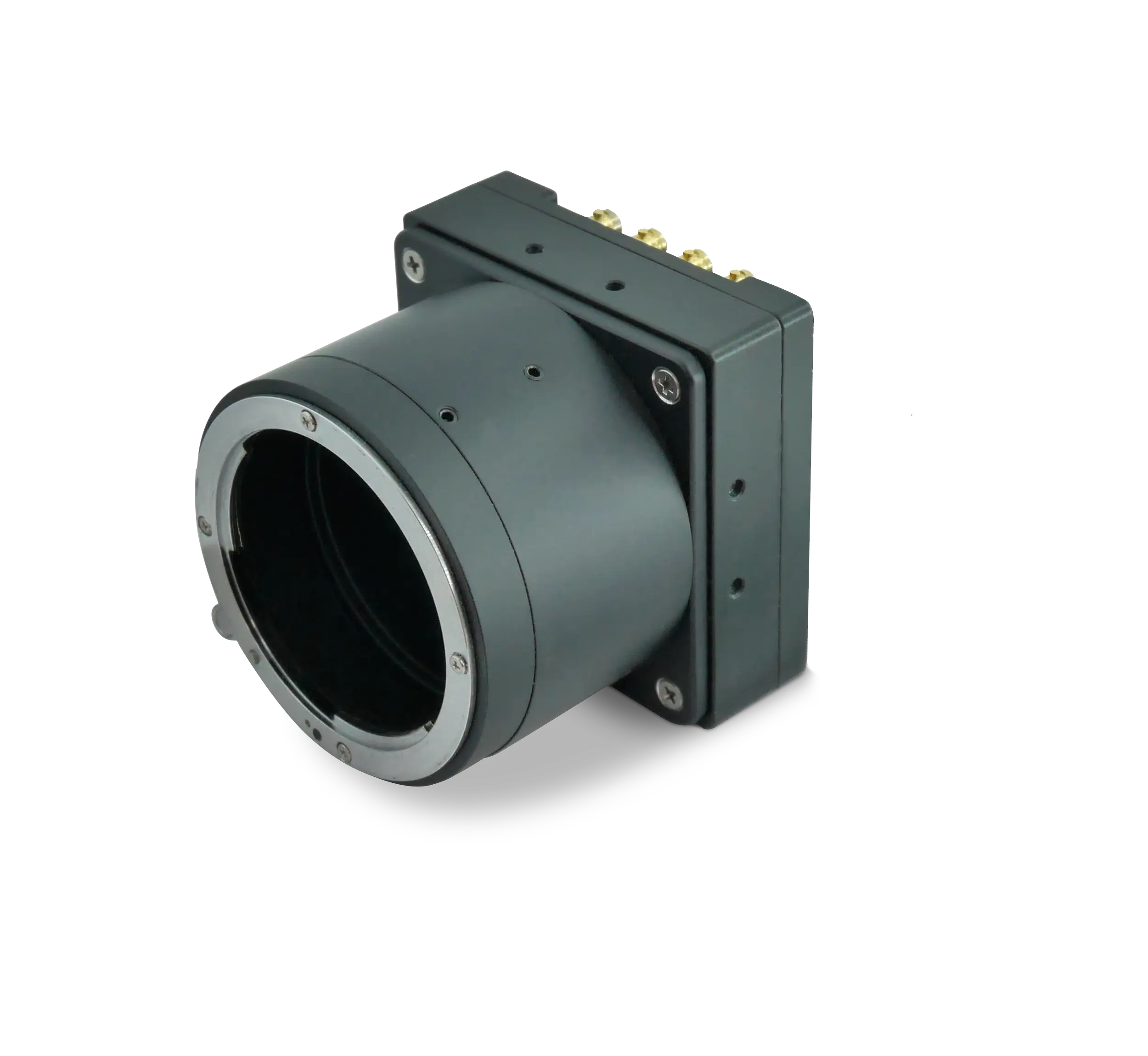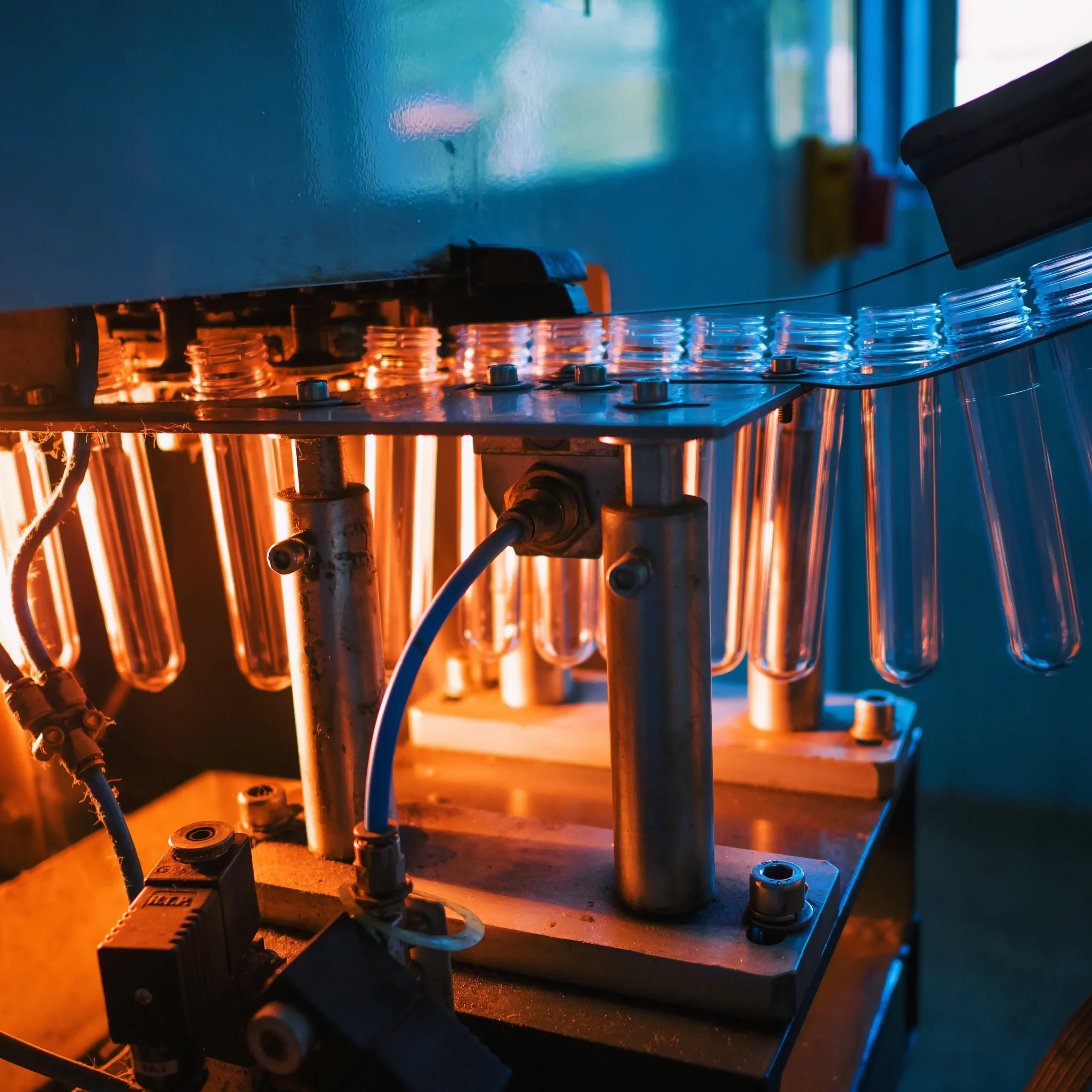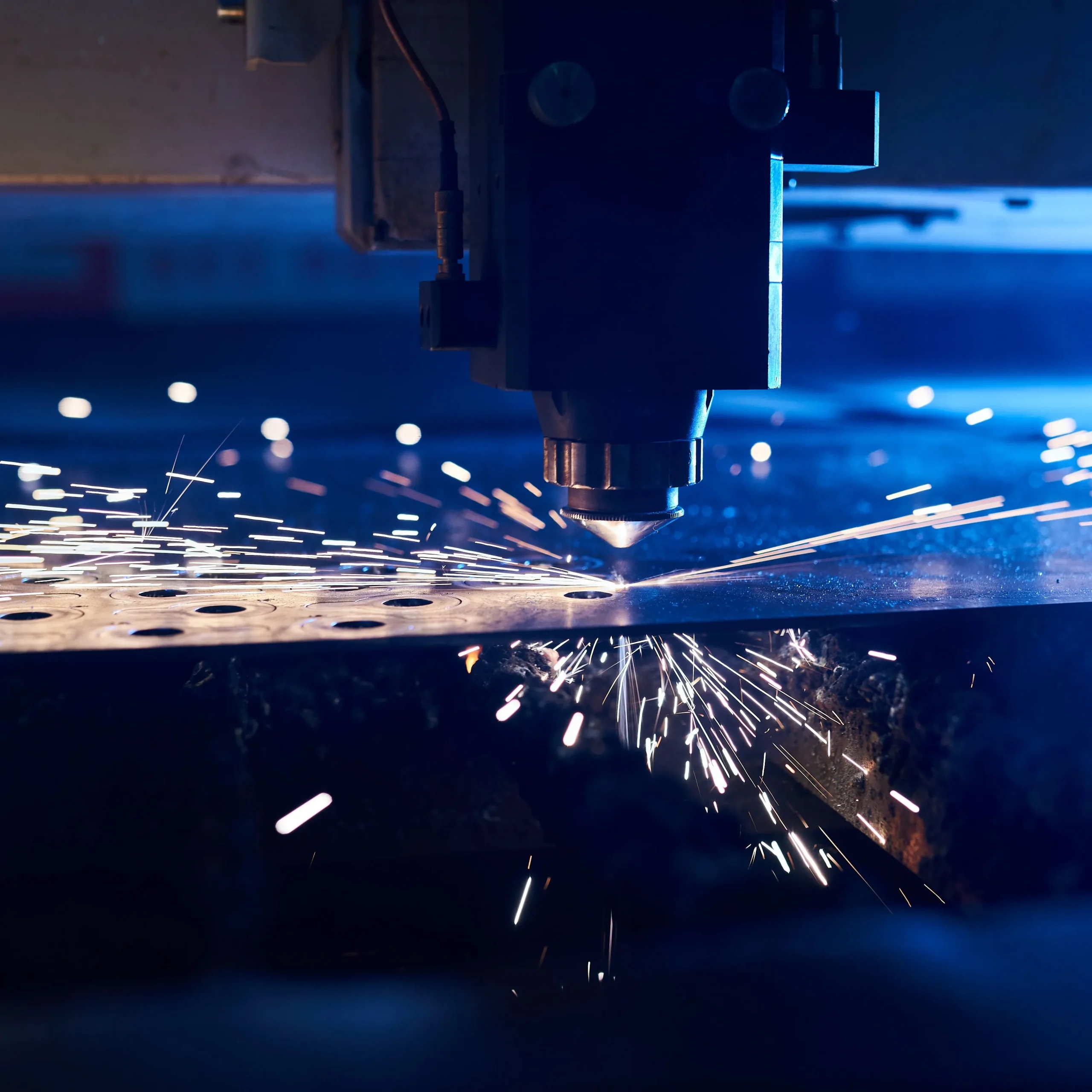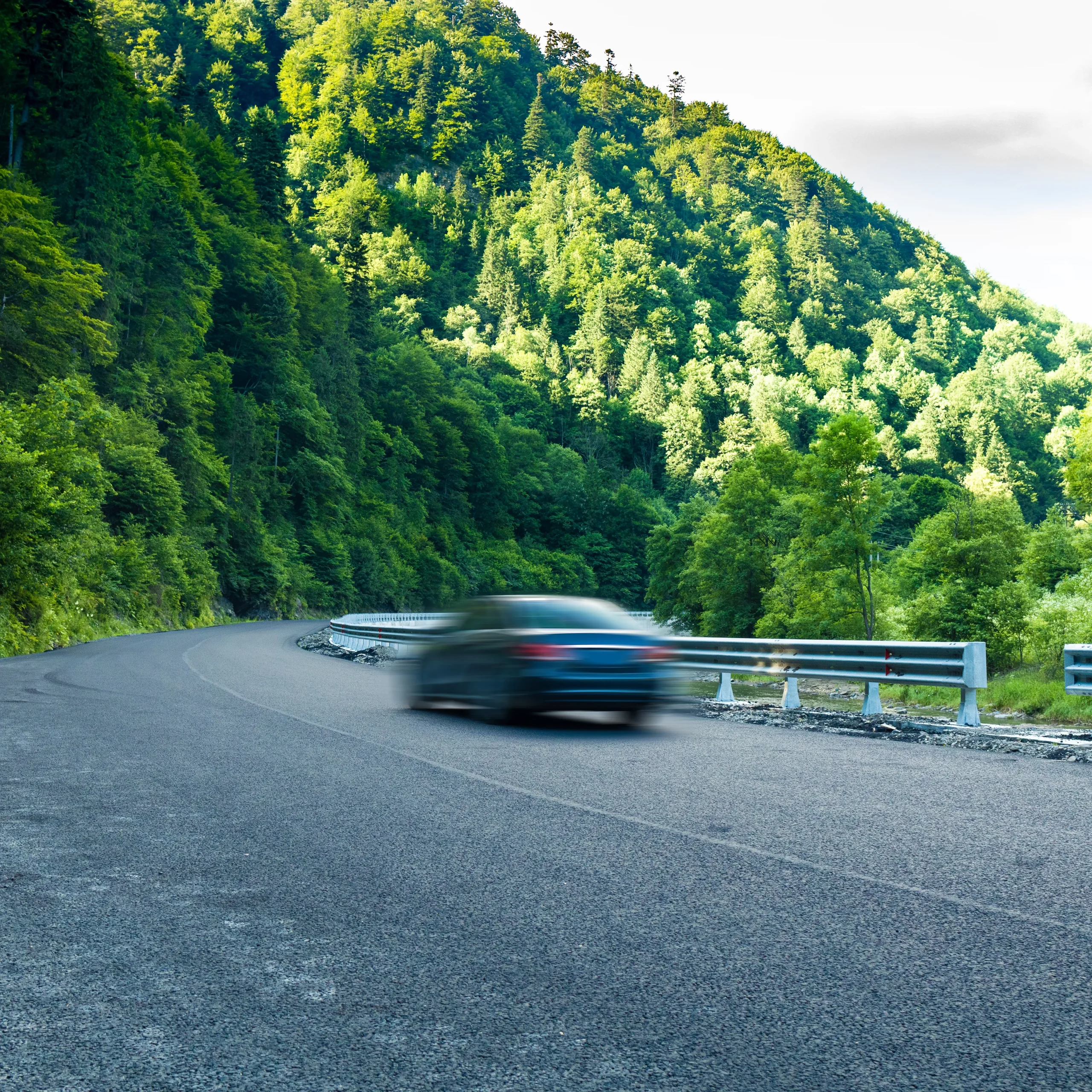Bringing modern quality control into steelworks, foundries, stamping lines, and woodworking plants demands far more than classic industrial cameras. Constant ground tremors, shock pulses from presses, and airborne particulate all conspire to blur images and shorten equipment life. KAYA Vision addresses these punishing realities head-on with rugged machine-vision designs that thrive where delicate laboratory systems fail. By combining vibration-resistant camera hardware with high-speed inspection firmware, engineers can now capture crisp, actionable data directly on the production floor.
Why Heavy Manufacturing Is So Hostile to Cameras
Unlike electronics assembly or pharmaceutical packaging, heavy manufacturing machinery transfers massive kinetic energy through concrete slabs and support structures. Every press stroke delivers an impact shock measured in tens of G. Conveyors rattle as castings clank. Overhead cranes propagate low-frequency vibration that standard optical mounts cannot damp. Add in scale flakes, metal dust, hot oil mist, and rapid temperature swings, and it becomes clear why ordinary enclosures provide little protection. The result is blurred frames, mis-triggers, and premature sensor failure that undermine automated inspection goals.
Engineering a Vibration-Resistant Camera Platform
Designing a truly vibration-resistant camera requires a multilayer approach. KAYA Vision begins with mechanical isolation. Internal sensor boards in the Iron family are anchored to ruggedized bodies tested to MIL-STD-810G for shock and vibration. The Iron 5514 BSI, for example, withstands 75 G shocks while maintaining precise sensor alignment. A thick, one-piece front flange distributes force over a broad area so the optical centerline never shifts, preserving calibration across millions of cycles.
Next comes thermal and electrical stability. Vibration accelerates micro-cracking and connector wear, so the Iron 2011E keeps power consumption below 4 W and accepts a wide 11 – 28 V PoCXP supply range, ensuring that voltage fluctuations on long cable runs do not translate into frame drops.
Firmware observability forms the third pillar. All Iron models expose operational time counters, temperature sensors, and frame counters through the GenCam interface, allowing maintenance software to trend long-term health and schedule service before image quality degrades.
Optics and Mounting Choices That Survive Shock
Even the most rugged machine-vision sensor is only as stable as its lens. KAYA Vision supports F, M42, C, CS, and EF mounts across the Iron line, but for stamping presses and forging cells the company recommends threaded M42 or lock-pin EF mounts together with vibration-rated lenses. The generous 75 mm × 75 mm footprint of the Iron 5514 BSI lets integrators add polyurethane bushings or Sorbothane washers between the camera and steel brackets, lowering high-frequency vibration by up to 30 dB without complex gimbals.
- Use three-point mounts to avoid over-constraining the body.
- Keep the optical axis perpendicular to dominant vibration vectors.
- Route CoaXPress cables through flexible conduits to prevent side pull.
High-Speed Inspection Without Sacrificing Image Integrity
Production tact times leave no room for retakes. The Iron 5514 BSI delivers 275 fps at 10-bit output, enabling high-speed inspection of 2.5-m metal sheets with just a 10 ms exposure. A global shutter eliminates motion blur, while back-side illumination raises quantum efficiency above 85 %, reducing required strobe intensity—critical in dusty air where stray light scatters.
For ultra-rapid pick-and-place verification or can-sorting lines, the Iron 2011E reaches 513 fps at 8-bit depth and offers a dynamic range greater than 70 dB. Shortest exposure of 2.6 µs freezes even red-hot billets as they exit a rolling mill. Because both cameras follow the GenCam standard, recipe changes propagate instantly across multiple stations.
Bridging Rugged Cameras to the Host PC
The Komodo III Quad CoaXPress 12G Frame Grabber complements KAYA’s vibration-resistant camera portfolio. Offering four micro-BNC ports with PoCXP safe power and an aggregated bandwidth of up to 50 Gbit/s, the board removes the need for fragile external splitters. Passive cooling keeps the card within spec even in control cabinets that reach 50 °C. DMA scatter-gather support teams with 4 GB of onboard DDR4, providing a shock-proof buffer during transient PCIe latency events caused by machine-control interrupts.
Together, Iron cameras and Komodo III grabbers build a deterministic pipeline: exposure → serialization at up to 12.5 Gbit/s → error-checked transport → GPU memory. Built-in CRC monitoring and detailed packet statistics verify link integrity, making it easy to spot a connector that has loosened after months of vibration.
Dust, Oil, and Coolant Countermeasures
Nearly all heavy manufacturing environments generate particulate capable of coating filters and optics. Optional IP67 protective lens tubes on the Iron series create a sealed path while still permitting quick lens swaps via compression O-rings. The tube’s front window can be specified with chemically strengthened glass so oily mist wipes clean without abrasives.
Integrators often apply a low-volume dry-air purge to the tube, maintaining slight positive pressure that blocks steel dust without raising the camera temperature more than a couple of degrees. For plants where water-based coolant overspray is routine, silicone gaskets around I/O connectors uphold the IP67 rating, ensuring watertight integrity for brief immersion events.
Guidelines for Deploying Rugged Machine Vision
- Perform a vibration survey: log acceleration spectra where cameras will sit and avoid mount resonances that amplify dominant frequencies.
- Select CoaXPress cables with double-braid shielding and over-molded micro-BNC connectors for strain relief.
- Create staggered start-up sequences so inrush currents from multiple PoCXP cameras do not drop supply voltage.
- Schedule quarterly blemish tests using on-camera flat-field routines to confirm dust has not reached the sensor.
- Use Komodo III encoder inputs to synchronize acquisitions with press cycles, reducing unnecessary exposures and extending LED strobe life.
- Enable event logging on frame grabbers; trend temperature, dropped frames, and CRC errors to detect loose connectors before quality is impacted.
The Economic Payoff
Deploying a purpose-built rugged machine-vision platform often pays for itself through three vectors:
- Reduced unplanned downtime: Shock-resistant cameras eliminate the frequent teardown replacements that plague consumer-grade devices.
- Higher inspection throughput: Sustained frame rates above 250 fps avoid bottlenecks, letting lines run at full mechanical speed.
- Improved process insight: Reliable data streams collected under harsh conditions feed predictive analytics that cut scrap and energy consumption over time.
KAYA Vision’s combination of Iron series cameras and Komodo III frame grabbers empowers engineers to push machine vision deeper into heavy industry, gathering crisp imagery where once only rugged human eyes ventured. From molten metal to roaring saws, the era of guessing is ending—now every impact, vibration, and dust cloud can be quantified in pixels.




